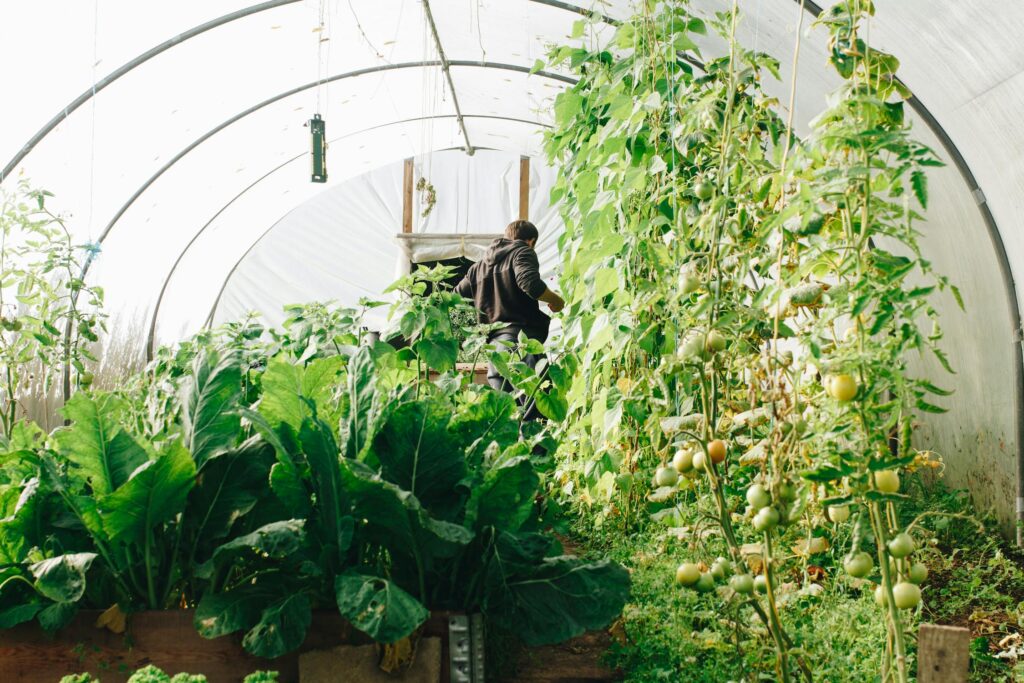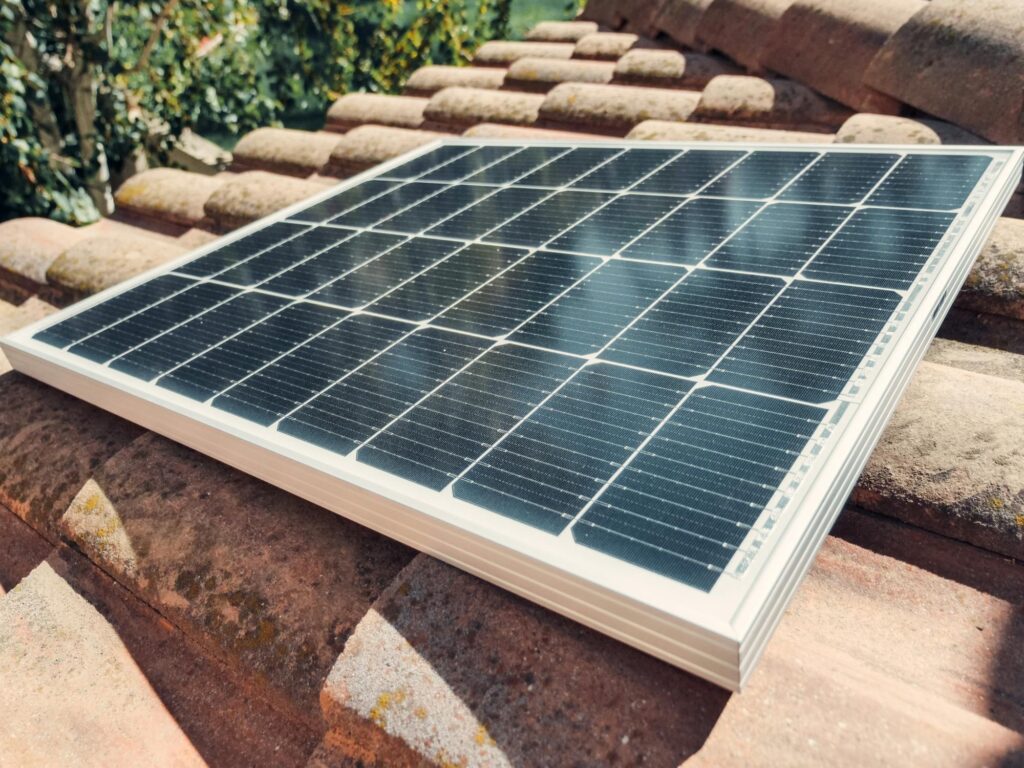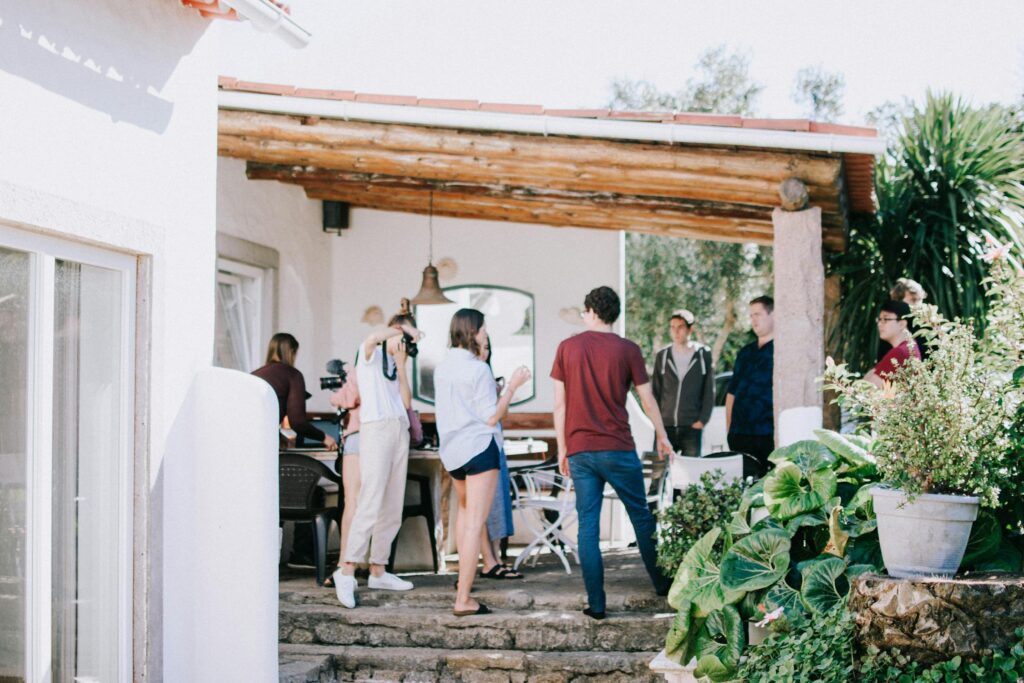A shouse off the grid combines the utility of a workshop with the comfort of a home, presenting an innovative solution for those seeking self-sufficiency. The design of a shouse encourages the use of fewer resources while ensuring effective utilization of every inch of space. Living off-grid in a shouse allows residents to harness natural resources like solar energy and rainwater, lower utility costs, and promote environmental stewardship. Moreover, the compact nature of a shouse simplifies daily routines, fostering a lifestyle that is not only cost-effective but also intimately connected with the surrounding environment. The benefits of this lifestyle include decreased reliance on municipal services, enhanced personal freedom, and a greater sense of community through shared sustainable practices.
Contents
- Understanding the Basics
- Key Considerations Before Going Off the Grid
- Designing for Maximum Efficiency
- Shouse Off the Grid: Essential Systems for Self-Sufficiency
- Technology and Automation
- Community and Networking
- Budgeting and Financial Considerations
- Minimizing Your Environmental Impact While Living Off-Grid
- Conclusion
Understanding the Basics
A shouse, or shop-house, is a hybrid structure that efficiently combines a workshop with a residential living space. Typically, this type of building features large, open areas dedicated to workshop activities and designated zones for daily living, such as kitchens, bedrooms, and bathrooms. The appeal of a shouse lies in its dual functionality.
Having workspaces directly adjacent to living areas significantly reduces commute times and increases productivity. This setup is especially appealing to artisans, craftsmen, and those who engage in hands-on projects, as it allows them to integrate their work and personal life seamlessly. The architectural design often incorporates robust, industrial materials that are both aesthetically pleasing and functional, capable of withstanding the demands of both workshop tasks and domestic needs.
Key Considerations Before Going Off the Grid
Carefully evaluate the location and climate before committing to an off-grid lifestyle in a shouse. The sustainability of living off the grid heavily depends on these factors. For instance, areas with abundant sunshine are ideal for solar power, while regions with consistent wind might benefit from wind turbines. It’s also crucial to consider the availability of natural water sources and the impact of the local climate on growing food. Equally essential are the legalities and zoning laws in your chosen area.
Different regions have specific regulations regarding land use, building codes, and off-grid living. Potential shouse owners must ensure their plans comply with local laws to avoid legal complications. Checking with local authorities about restrictions on water rights, sewage disposal, and the types of structures allowed can save significant time and resources in the future.

Living off the grid requires good natural sources of energy like sunlight as well as water for growing food
Designing for Maximum Efficiency
Designing your shouse for maximum efficiency involves clever planning and the right selection of materials. A key step in optimizing your home storage with ease is to downsize your belongings. That frees up physical space and creates a more organized living environment, which can reduce stress and enhance productivity. To further improve your decluttering process, consider adopting a systematic approach by categorizing items into keep, donate, and discard piles. This method encourages thoughtful decision-making about what must remain in your space. Plus, regular review sessions to reassess stored items can prevent clutter from accumulating again, ensuring your living environment remains spacious and organized.
In a compact layout, utilize multi-functional furniture and built-in storage solutions to maximize every square inch. For example, a bed equipped with drawers underneath can serve as a sleeping space and additional storage, eliminating the need for extra furniture.
Lastly, your choice of materials will significantly impact efficiency. Having adequate insulation installed in your place will reduce energy costs and improve comfort. Materials like spray foam or rigid foam boards are excellent for keeping heat in during winter and out during summer. Additionally, durable materials such as metal roofing or composite siding ensure that your shouse withstands the elements for years, reducing the need for frequent repairs.
Shouse Off the Grid: Essential Systems for Self-Sufficiency
Living off-grid in a shouse requires the installation of essential systems to ensure self-sufficiency and sustainability. Solar power solutions are at the forefront, providing a reliable energy source, especially in areas with ample sunlight. Integrating solar panels with batteries for energy storage allows residents to maintain power supply even during cloudy days or nighttime.
In addition, having backup energy options, such as wind turbines or generators, can enhance resilience against power disruptions. Water collection systems, including rainwater harvesting and storage tanks, are vital for managing water supply. These systems capture rainwater that can be purified and used for drinking, cooking, and irrigation. Effective waste management is another critical component, involving composting toilets and greywater systems to recycle and reduce water usage. Together, these systems support a sustainable lifestyle and promote independence from municipal utilities.

Solar power is very important for a shouse off the grid since it’s a resource of a much needed energy
Technology and Automation
Integrating technology and automation in a shouse off the grid enhances efficiency and convenience, guaranteeing wise management of essential resources. Here’s how innovative tech and smart devices can make off-grid living more sustainable:
- Smart Solar Controllers: These devices optimize the energy collected from solar panels, ensuring maximum power efficiency.
- Energy Management Systems: Monitor and manage the energy consumption of each appliance, helping residents maintain efficient usage and prevent wastage.
- Automated Water Systems: These systems include sensors and timers to control water usage, ensuring the sustainable management of this vital resource.
- Smart Lighting and HVAC Systems: IoT technology can adjust settings based on occupancy and weather conditions, significantly reducing unnecessary power and heating/cooling expenses.
- Remote Monitoring Tools: These tools allow residents to check and control their home systems via smartphone apps, providing convenience and security.
These technologies not only improve the functionality of a shouse but also support a sustainable and autonomous lifestyle.
Community and Networking
The role of community is critical in enhancing the sustainability of living off-grid. Through local networks, off-gridders share resources, from tools and equipment to knowledge and skills, which can lead to significant cost savings and increased efficiency. Connecting with nearby off-grinders also opens up opportunities for collaborative projects, such as community gardens or shared renewable energy systems, which can further reduce each household’s environmental impact.
Residents can find these communities through social media platforms, local meetups, and forums dedicated to sustainable living. Besides, attending workshops and conferences on off-grid living keeps residents updated on the latest technologies and practices that could enhance their lifestyle. By fostering relationships within these communities, individuals access a valuable resource pool and emotional support, making off-grid living more enjoyable and sustainable.

Meet-ups with your fellow off-grinders can bring you valuable information and new ideas
Budgeting and Financial Considerations
Budgeting effectively is crucial for anyone considering moving to an off-grid shouse. Initial costs can be substantial, as setting up energy systems, water, and waste management requires an upfront investment. However, you should weigh these costs against the potential long-term savings. Living off-grid significantly reduces monthly utility bills, offering considerable savings over time.
Exploring financial aid options available for those transitioning to off-grid living is beneficial. Many regions provide grants, subsidies, or tax incentives encouraging sustainable living practices. These can help offset the initial expenses. Prospective off-grinders should contact local government offices or search online for programs applicable to their area. By understanding these financial dynamics, individuals can better prepare for the economic aspects of off-grid living, ensuring a sustainable and cost-effective transition.
Minimizing Your Environmental Impact While Living Off-Grid
Living off-grid inherently reduces your carbon footprint, but there are additional strategies that can further minimize environmental impact. Choosing natural and recycled materials for building and decorating conserves resources and decreases waste. For example, using reclaimed wood for construction or furniture adds character to your home while avoiding deforestation.
Incorporating strategies into daily activities can also significantly cut down on emissions. One approach is to use energy-efficient appliances and LED lighting, which consume less power and reduce the strain on your off-grid energy system. Another approach is to conserve water through rainwater harvesting and the use of water-efficient fixtures. Moreover, maintaining local biodiversity and engaging in land conservation is critical. Planting native species and creating habitats can enhance the ecological health of your area.
Conclusion
Living in a shouse off the grid offers numerous benefits that cater to those seeking a sustainable and self-sufficient lifestyle. This unique living arrangement allows the opportunity to reduce environmental impact, minimize living costs, and seamlessly integrate work and home life. By adopting off-grid systems, residents enjoy greater independence from municipal utilities and deepen their connection with nature. As you consider whether this lifestyle aligns with your values and goals, remember the potential for a simpler, more integrated way of life that a shouse offers. It’s an invitation to redefine comfort and responsibility towards the environment.

